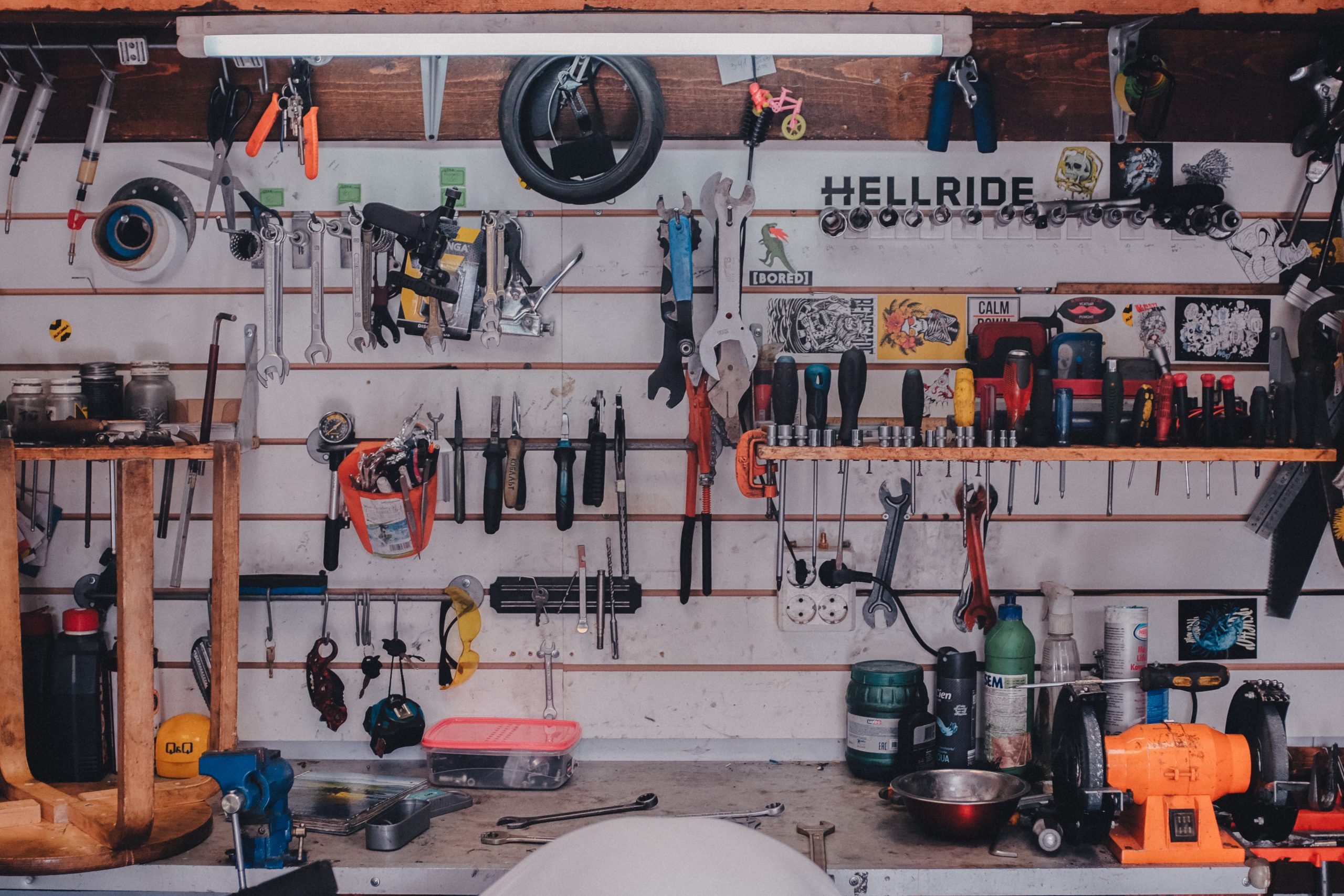[ad_1]
Some people say that the 60's was the decade where the modern Audi was born. And indeed it was a period of great transformation. Volkswagen took over, NSU joined forces, and most importantly it saw the end of two-stroke engines.
In the sixties the famous brand was still known as ‘Auto Union AG' (this was not simplified to Audi AG until 1985). At the start of the decade the company was owned by Daimler-Benz. But despite a promising start, the company decided to back out of Audi only a few years after initially buying it. One reason for this was because Auto Union AG were unwilling to stop manufacturing two-stroke engines which had given the company a good reputation before the war. This put Auto Union AG in danger, and so they desperately developed a new four-stroke, four-cylinder engine. The company was subsequently saved by Volkswagen who bought a rather high chunk of the business in 1965. A reason behind Volkswagen's decision was to have access to the Auto Union's new factory in Ingolstadt which was needed to boost the production of the Beetle.
There were a number of great cars released by the union in the 1960's, some with very revolutionary designs and mechanics.
DKW F1O2
- Life: 1964-66
- Engine size: 1,175
- Horse Power: 69 bhp
- Top speed: 84 mph
- Total manufactured: 53,000
This car had the basis of the modern Audi, however it was marketed as a DKW. Although the F102 was noisy because of the three cylinder two-stroke engine, which resulted in the car not selling so well, it led to the rebirth of the Audi that we know today. The two-door car became a four-door just six months later, and consumers had the option to include a Saxomat automatic clutch and sunshine roof.
NSE Prinz
(Prinz/ Super Prinz)
- Life: 1961-1973
- Engine size: 598
- Horse Power: 36 bhp
- Top speed: 75 mph
- Total manufactured: 570,000
The NSE Prinz is said to be the inspiration that influenced the Volkswagen Beetle. Due to its air-cooled twin-cylinder engine, the car handled better than many modern-day rear-engine models.
(Prinz 1000/1000C)
- Life: 1963-1972
- Engine size: 996
- Horse Power: 40 bhp
- Top speed: 80 mph
- Total manufactured: 196,000
This car kept the original Prinz quality handling but had a longer wheelbase making it look more attractive.
(Prinz TT)
- Life: 1965-1972
- Engine size: 1,177
- Horse Power: 65 bhp
- Top speed: 95 mph
- Total manufactured: 63,289
The Prinz TT was the equivalent of the Mini Cooper at the time. Additionally, its main selling point was which engine revved to 7,000 rpm (something that was very unusual in the sixties) as well as remaining economical.
NSU Wankel Spider
- Life: 1963-66
- Engine size: 498
- Horse Power: 50 bhp
- Top speed: 99 mph
- Total manufactured: 23,000
This was the first ever car to use a rotary engine making it revolutionary. The engine was seen as very powerful at the time allowing it to reach 100mph.
Audi 60, 72, 80, Super 90
- Life: 1965-72
- Total manufactured: 23,000
Here the Audi had a modern facelift, the sleek style and design has persisted for the decades that have followed.
NSU Ro80
- Life: 1967-7
- Engine size: 1,990 (nominal)
- Horse Power: 114 bhp
- Top speed: 112 mph
- Total manufactured: 37,204
The NSU Ro80 was a sensational car which has remarkably managed to remain aesthetically pleasing even in this day of age. The vehicle was not a great transformation on its looks alone, but also for the fact that it was powered by a Wankel engine with 1149ph making it incredibly smooth.
Audi 100
- Life: 1968-1976
- Engine size: 1.8
- Horse Power: 100 bhp
- Total manufactured: 797,000
The saloon really put Audi onto the executive market, and became a highly successful vehicle.
Audi 100 Coupé
- Life: 1969-1976
- Total manufactured: 30,687
The coupé was an elegant two-door vehicle which was Audi's most upmarket car since the war. It was very similar, mechanically, to the 100 saloon however it was available with a 1,871 engine and 115 bhp. Additionally the interior and front disc brakes were upgraded.
The sixties was the pinnacle decade for Audi where it could have all tragically collapsed. Instead the great masterminds behind Audi came up with some incredible cars which saved the brand and made it the luxury automobile manufactures that it is today.
[ad_2]
Source by Natalia Z Victor

